Jialu Li
Graph Representations for Reading Comprehension Analysis using Large Language Model and Eye-Tracking Biomarker
Jul 16, 2025Abstract:Reading comprehension is a fundamental skill in human cognitive development. With the advancement of Large Language Models (LLMs), there is a growing need to compare how humans and LLMs understand language across different contexts and apply this understanding to functional tasks such as inference, emotion interpretation, and information retrieval. Our previous work used LLMs and human biomarkers to study the reading comprehension process. The results showed that the biomarkers corresponding to words with high and low relevance to the inference target, as labeled by the LLMs, exhibited distinct patterns, particularly when validated using eye-tracking data. However, focusing solely on individual words limited the depth of understanding, which made the conclusions somewhat simplistic despite their potential significance. This study used an LLM-based AI agent to group words from a reading passage into nodes and edges, forming a graph-based text representation based on semantic meaning and question-oriented prompts. We then compare the distribution of eye fixations on important nodes and edges. Our findings indicate that LLMs exhibit high consistency in language understanding at the level of graph topological structure. These results build on our previous findings and offer insights into effective human-AI co-learning strategies.
EPiC: Efficient Video Camera Control Learning with Precise Anchor-Video Guidance
May 28, 2025Abstract:Recent approaches on 3D camera control in video diffusion models (VDMs) often create anchor videos to guide diffusion models as a structured prior by rendering from estimated point clouds following annotated camera trajectories. However, errors inherent in point cloud estimation often lead to inaccurate anchor videos. Moreover, the requirement for extensive camera trajectory annotations further increases resource demands. To address these limitations, we introduce EPiC, an efficient and precise camera control learning framework that automatically constructs high-quality anchor videos without expensive camera trajectory annotations. Concretely, we create highly precise anchor videos for training by masking source videos based on first-frame visibility. This approach ensures high alignment, eliminates the need for camera trajectory annotations, and thus can be readily applied to any in-the-wild video to generate image-to-video (I2V) training pairs. Furthermore, we introduce Anchor-ControlNet, a lightweight conditioning module that integrates anchor video guidance in visible regions to pretrained VDMs, with less than 1% of backbone model parameters. By combining the proposed anchor video data and ControlNet module, EPiC achieves efficient training with substantially fewer parameters, training steps, and less data, without requiring modifications to the diffusion model backbone typically needed to mitigate rendering misalignments. Although being trained on masking-based anchor videos, our method generalizes robustly to anchor videos made with point clouds during inference, enabling precise 3D-informed camera control. EPiC achieves SOTA performance on RealEstate10K and MiraData for I2V camera control task, demonstrating precise and robust camera control ability both quantitatively and qualitatively. Notably, EPiC also exhibits strong zero-shot generalization to video-to-video scenarios.
PierGuard: A Planning Framework for Underwater Robotic Inspection of Coastal Piers
May 07, 2025Abstract:Using underwater robots instead of humans for the inspection of coastal piers can enhance efficiency while reducing risks. A key challenge in performing these tasks lies in achieving efficient and rapid path planning within complex environments. Sampling-based path planning methods, such as Rapidly-exploring Random Tree* (RRT*), have demonstrated notable performance in high-dimensional spaces. In recent years, researchers have begun designing various geometry-inspired heuristics and neural network-driven heuristics to further enhance the effectiveness of RRT*. However, the performance of these general path planning methods still requires improvement when applied to highly cluttered underwater environments. In this paper, we propose PierGuard, which combines the strengths of bidirectional search and neural network-driven heuristic regions. We design a specialized neural network to generate high-quality heuristic regions in cluttered maps, thereby improving the performance of the path planning. Through extensive simulation and real-world ocean field experiments, we demonstrate the effectiveness and efficiency of our proposed method compared with previous research. Our method achieves approximately 2.6 times the performance of the state-of-the-art geometric-based sampling method and nearly 4.9 times that of the state-of-the-art learning-based sampling method. Our results provide valuable insights for the automation of pier inspection and the enhancement of maritime safety. The updated experimental video is available in the supplementary materials.
Training-free Guidance in Text-to-Video Generation via Multimodal Planning and Structured Noise Initialization
Apr 11, 2025Abstract:Recent advancements in text-to-video (T2V) diffusion models have significantly enhanced the visual quality of the generated videos. However, even recent T2V models find it challenging to follow text descriptions accurately, especially when the prompt requires accurate control of spatial layouts or object trajectories. A recent line of research uses layout guidance for T2V models that require fine-tuning or iterative manipulation of the attention map during inference time. This significantly increases the memory requirement, making it difficult to adopt a large T2V model as a backbone. To address this, we introduce Video-MSG, a training-free Guidance method for T2V generation based on Multimodal planning and Structured noise initialization. Video-MSG consists of three steps, where in the first two steps, Video-MSG creates Video Sketch, a fine-grained spatio-temporal plan for the final video, specifying background, foreground, and object trajectories, in the form of draft video frames. In the last step, Video-MSG guides a downstream T2V diffusion model with Video Sketch through noise inversion and denoising. Notably, Video-MSG does not need fine-tuning or attention manipulation with additional memory during inference time, making it easier to adopt large T2V models. Video-MSG demonstrates its effectiveness in enhancing text alignment with multiple T2V backbones (VideoCrafter2 and CogVideoX-5B) on popular T2V generation benchmarks (T2VCompBench and VBench). We provide comprehensive ablation studies about noise inversion ratio, different background generators, background object detection, and foreground object segmentation.
AgiBot World Colosseo: A Large-scale Manipulation Platform for Scalable and Intelligent Embodied Systems
Mar 09, 2025Abstract:We explore how scalable robot data can address real-world challenges for generalized robotic manipulation. Introducing AgiBot World, a large-scale platform comprising over 1 million trajectories across 217 tasks in five deployment scenarios, we achieve an order-of-magnitude increase in data scale compared to existing datasets. Accelerated by a standardized collection pipeline with human-in-the-loop verification, AgiBot World guarantees high-quality and diverse data distribution. It is extensible from grippers to dexterous hands and visuo-tactile sensors for fine-grained skill acquisition. Building on top of data, we introduce Genie Operator-1 (GO-1), a novel generalist policy that leverages latent action representations to maximize data utilization, demonstrating predictable performance scaling with increased data volume. Policies pre-trained on our dataset achieve an average performance improvement of 30% over those trained on Open X-Embodiment, both in in-domain and out-of-distribution scenarios. GO-1 exhibits exceptional capability in real-world dexterous and long-horizon tasks, achieving over 60% success rate on complex tasks and outperforming prior RDT approach by 32%. By open-sourcing the dataset, tools, and models, we aim to democratize access to large-scale, high-quality robot data, advancing the pursuit of scalable and general-purpose intelligence.
Automatic Teaching Platform on Vision Language Retrieval Augmented Generation
Mar 07, 2025Abstract:Automating teaching presents unique challenges, as replicating human interaction and adaptability is complex. Automated systems cannot often provide nuanced, real-time feedback that aligns with students' individual learning paces or comprehension levels, which can hinder effective support for diverse needs. This is especially challenging in fields where abstract concepts require adaptive explanations. In this paper, we propose a vision language retrieval augmented generation (named VL-RAG) system that has the potential to bridge this gap by delivering contextually relevant, visually enriched responses that can enhance comprehension. By leveraging a database of tailored answers and images, the VL-RAG system can dynamically retrieve information aligned with specific questions, creating a more interactive and engaging experience that fosters deeper understanding and active student participation. It allows students to explore concepts visually and verbally, promoting deeper understanding and reducing the need for constant human oversight while maintaining flexibility to expand across different subjects and course material.
RSQ: Learning from Important Tokens Leads to Better Quantized LLMs
Mar 03, 2025Abstract:Layer-wise quantization is a key technique for efficiently compressing large models without expensive retraining. Previous methods typically quantize the weights of each layer by "uniformly" optimizing the layer reconstruction loss across all output tokens. However, in this paper, we demonstrate that better-quantized models can be obtained by prioritizing learning from important tokens (e.g. which have large attention scores). Building on this finding, we propose RSQ (Rotate, Scale, then Quantize), which (1) applies rotations (orthogonal transformation) to the model to mitigate outliers (those with exceptionally large magnitude), (2) scales the token feature based on its importance, and (3) quantizes the model using the GPTQ framework with the second-order statistics computed by scaled tokens. To compute token importance, we explore both heuristic and dynamic strategies. Based on a thorough analysis of all approaches, we adopt attention concentration, which uses attention scores of each token as its importance, as the best approach. We demonstrate that RSQ consistently outperforms baseline methods across multiple downstream tasks and three model families: LLaMA3, Mistral, and Qwen2.5. Additionally, models quantized with RSQ achieve superior performance on long-context tasks, further highlighting its effectiveness. Lastly, RSQ demonstrates generalizability across various setups, including different model sizes, calibration datasets, bit precisions, and quantization methods.
Optimal Actuator Attacks on Autonomous Vehicles Using Reinforcement Learning
Feb 11, 2025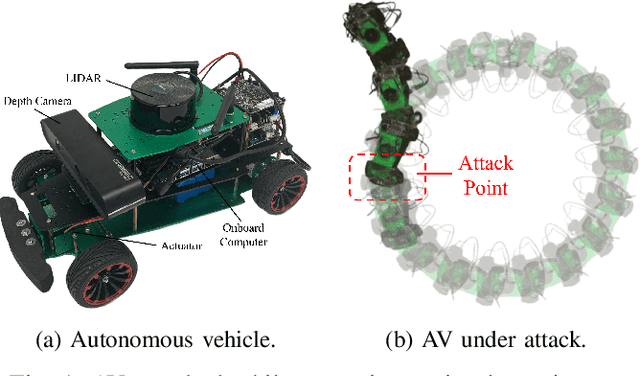
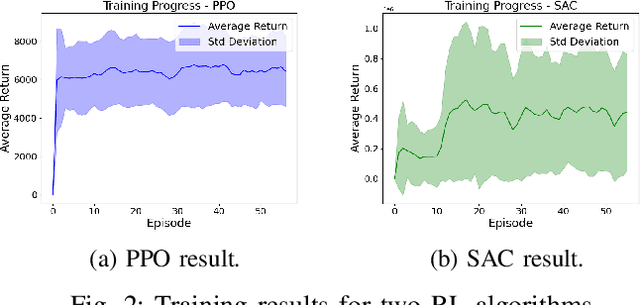
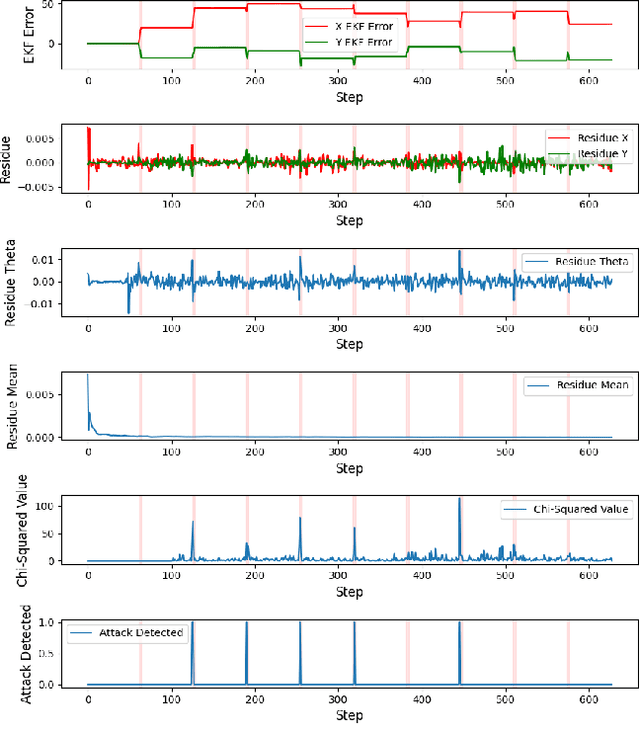
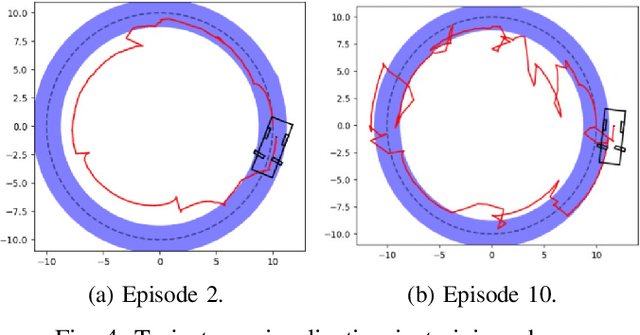
Abstract:With the increasing prevalence of autonomous vehicles (AVs), their vulnerability to various types of attacks has grown, presenting significant security challenges. In this paper, we propose a reinforcement learning (RL)-based approach for designing optimal stealthy integrity attacks on AV actuators. We also analyze the limitations of state-of-the-art RL-based secure controllers developed to counter such attacks. Through extensive simulation experiments, we demonstrate the effectiveness and efficiency of our proposed method.
SST-EM: Advanced Metrics for Evaluating Semantic, Spatial and Temporal Aspects in Video Editing
Jan 13, 2025

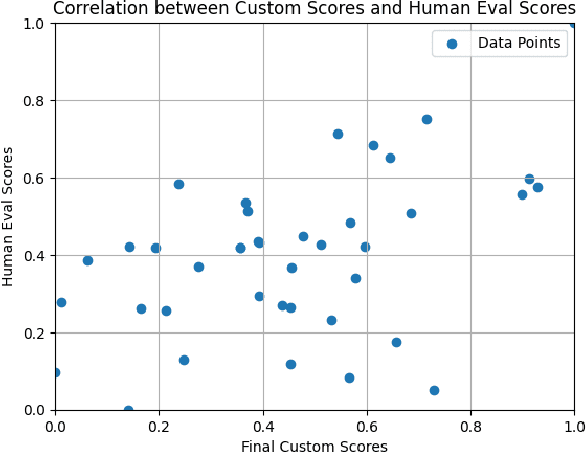

Abstract:Video editing models have advanced significantly, but evaluating their performance remains challenging. Traditional metrics, such as CLIP text and image scores, often fall short: text scores are limited by inadequate training data and hierarchical dependencies, while image scores fail to assess temporal consistency. We present SST-EM (Semantic, Spatial, and Temporal Evaluation Metric), a novel evaluation framework that leverages modern Vision-Language Models (VLMs), Object Detection, and Temporal Consistency checks. SST-EM comprises four components: (1) semantic extraction from frames using a VLM, (2) primary object tracking with Object Detection, (3) focused object refinement via an LLM agent, and (4) temporal consistency assessment using a Vision Transformer (ViT). These components are integrated into a unified metric with weights derived from human evaluations and regression analysis. The name SST-EM reflects its focus on Semantic, Spatial, and Temporal aspects of video evaluation. SST-EM provides a comprehensive evaluation of semantic fidelity and temporal smoothness in video editing. The source code is available in the \textbf{\href{https://github.com/custommetrics-sst/SST_CustomEvaluationMetrics.git}{GitHub Repository}}.
Learning-based Detection of GPS Spoofing Attack for Quadrotors
Jan 10, 2025Abstract:Safety-critical cyber-physical systems (CPS), such as quadrotor UAVs, are particularly prone to cyber attacks, which can result in significant consequences if not detected promptly and accurately. During outdoor operations, the nonlinear dynamics of UAV systems, combined with non-Gaussian noise, pose challenges to the effectiveness of conventional statistical and machine learning methods. To overcome these limitations, we present QUADFormer, an advanced attack detection framework for quadrotor UAVs leveraging a transformer-based architecture. This framework features a residue generator that produces sequences sensitive to anomalies, which are then analyzed by the transformer to capture statistical patterns for detection and classification. Furthermore, an alert mechanism ensures UAVs can operate safely even when under attack. Extensive simulations and experimental evaluations highlight that QUADFormer outperforms existing state-of-the-art techniques in detection accuracy.
 Add to Chrome
Add to Chrome Add to Firefox
Add to Firefox Add to Edge
Add to Edge